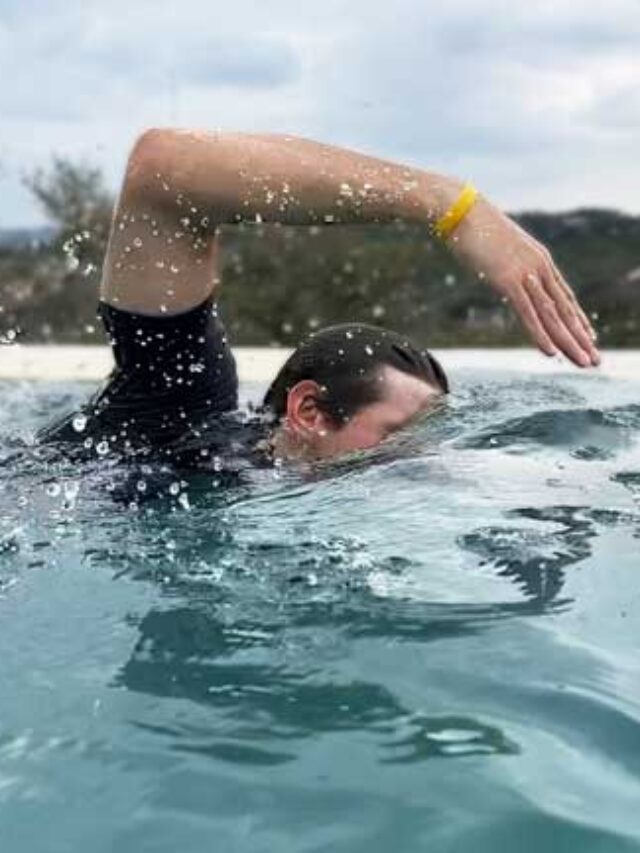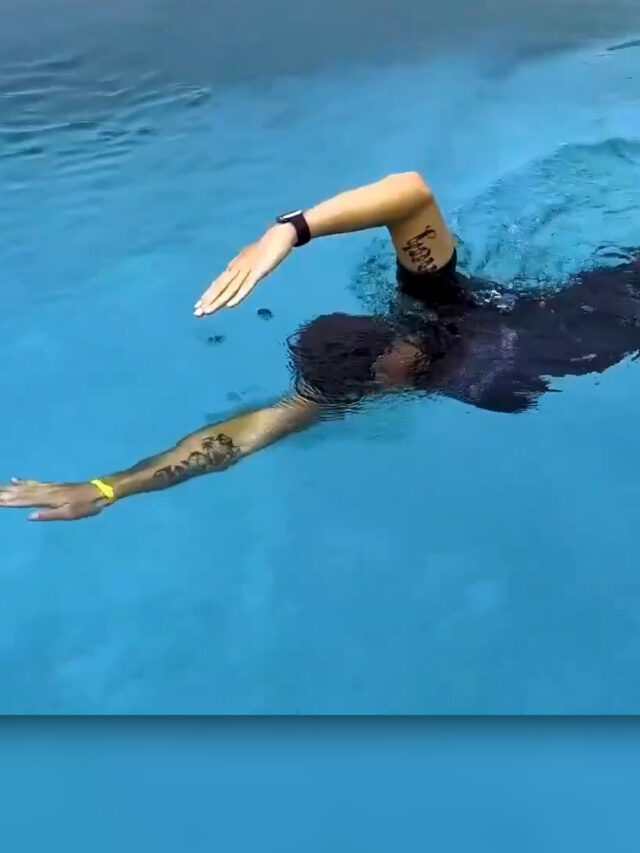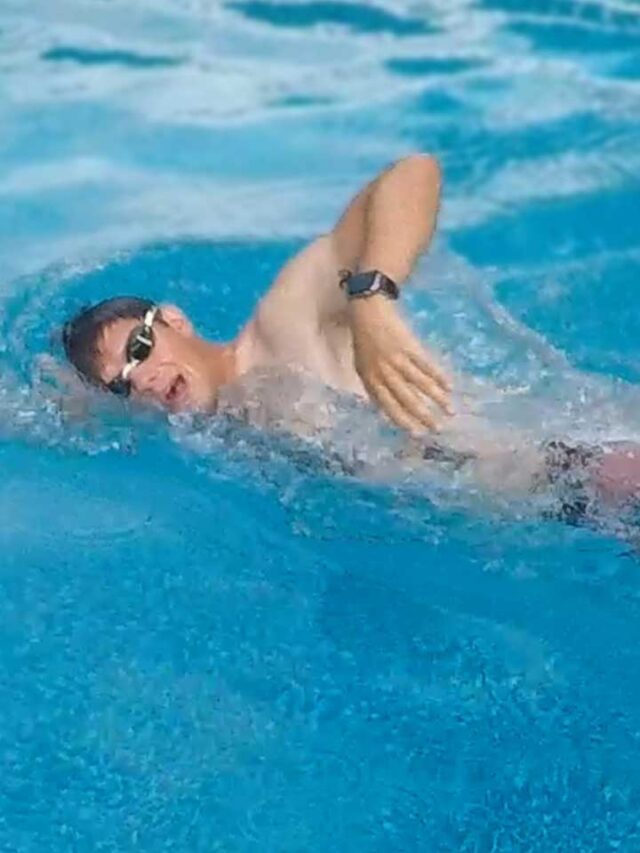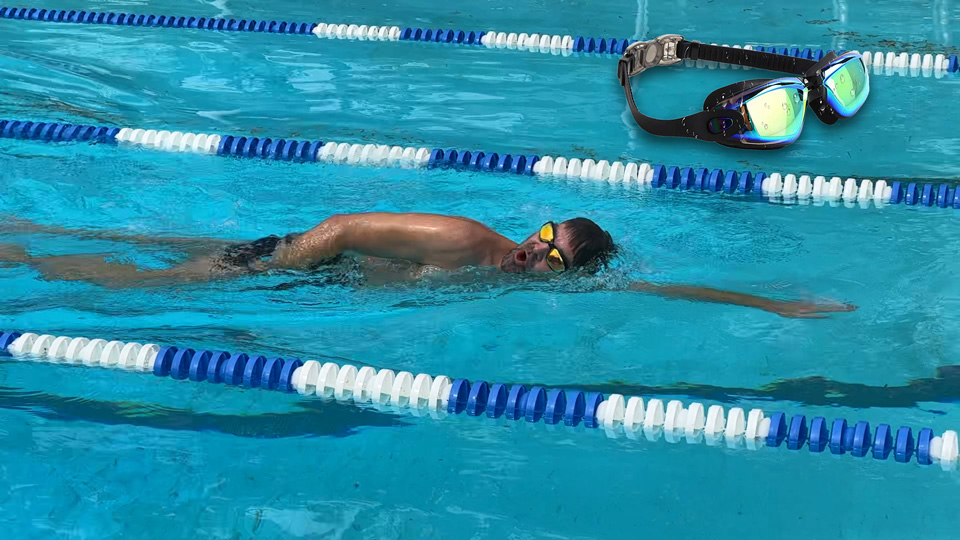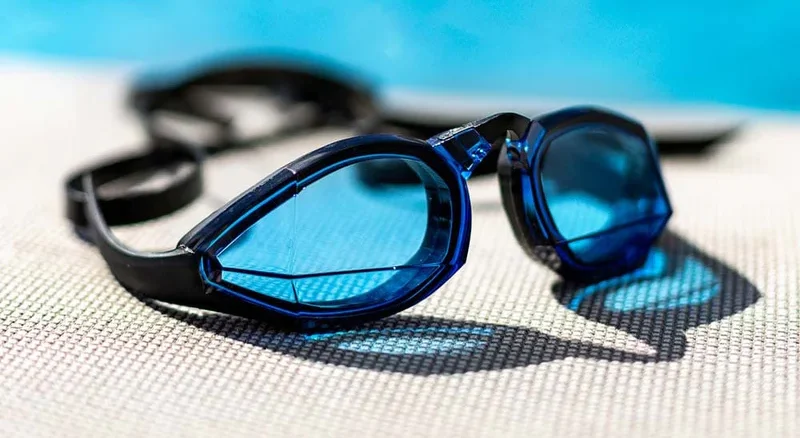Freestyle Kick Improvement Tips
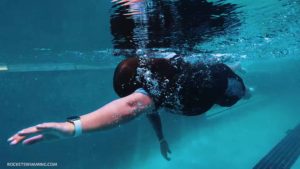
Freestyle is one most common swimming styles among beginners. It is the first stroke everyone wants to learn when they are at their beginner swimming stages. The most common problem beginners face when learning freestyle is breathing and kicking. We have already published a Freestyle Breathing article so you can read it if you want to learn breathing techniques.
In this article, we will focus on the Kicking part of the Freestyle Stroke. Kicking is the second most common problem beginners face.
Avoid Scissor Kicks!
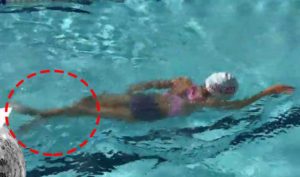
In swimmer represented in the image above is Miriam. She’s at the very beginner stages of swimming. As you can see, Marian is doing scissor kicks every time she is trying to breathe. This mistake is repeated by a lot of new and young swimmers. You should keep your kicks consistent and fast.
In order to avoid doing scissor kicks kick a little faster every time you are going to take a breath. Forcing yourself to kick a little harder through the breath will help get rid of the scissor kick problem and establish more body lines. It will also help you stabilize and balance water properly.
Perfecting any swimming stroke takes a lot of practice and guidance from well-trained instructors. If you or your kids are looking for private swimming lessons from the best instructors in Austin Texas, look no further! Schedule Private Swimming Lessons today and get 50% OFF on your first lesson!
Leg Movement
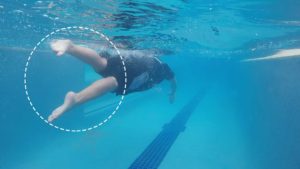
The most common leg movement in freestyle swimming is the flutter kick. The legs move alternately, with one leg kicking down while the other leg moves up. Legs provide only a small part of the overall speed, but they are important to stabilize your body in the water.
The legs are bent very slightly at the knees and most of the movement comes from your hips. Your feet do the flutter motion but the power should always be generated from your core and hips. Your legs act as a whip with the power generated from the hips and ending at the foot. You can use 8, 6, 4, or 2 kicks per cycle while 6 being the most common. When one arm is pushed down, the opposite leg needs to do a downward kick to fix the body orientation, because this happens shortly after the body rotation.
Kicks From The Hips
Keep your legs straight, with a kick that moves from the knees to your toes. The power and strength should come from your hips. As you swim through the water, your legs should kick in a short and quick motion. Avoid bending your knees too much. Knees coming out of water will take up too much energy, and will exhaust you quickly.
Watch the following video to learn freestyle kicks!


